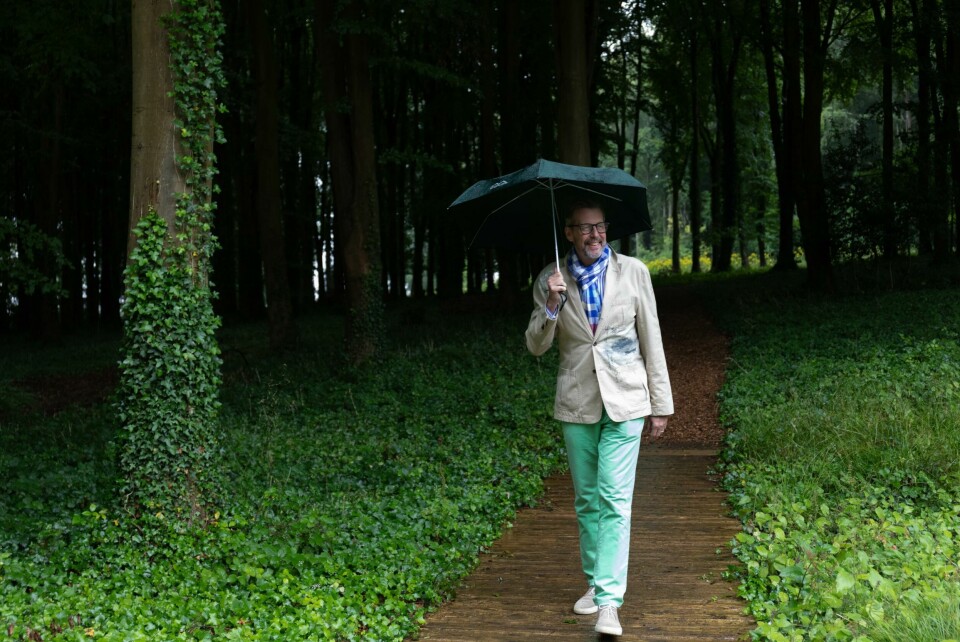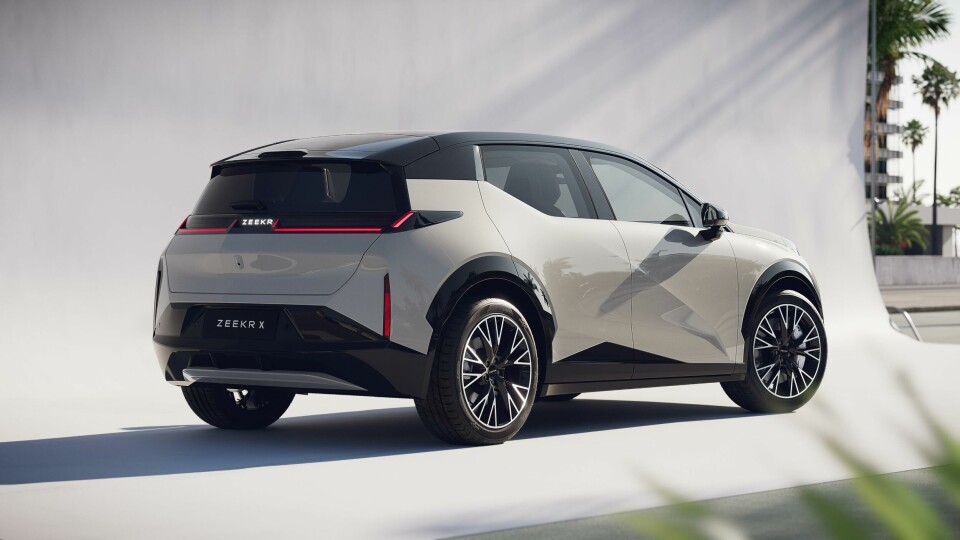
Car Design Review X: Stefan Sielaff, Geely
Geely’s Stefan Sielaff shares his personal approach to design in this exclusive Car Design Review X interview
My biggest challenge over this past year was to help to ramp up the new fully electric Zeekr brand, which will compete in the top premium-luxury segment. Many things had to happen very quickly at the same time. We had to build up a design and new brand philosophy, while also developing the first products. I also had to carve out a task force, which later became the original Zeekr design team.
Our products now are still derivatives of the Lynk & Co design philosophy, but by the end of the year you will see the first Zeekr model with our next design language. Being human-centric is a very important element of our design, maybe more so than aerodynamics or weight. The human factor is something you have to reflect in the shape. It has to be easy to understand for the customer and be an innovative, authentic product. Soon you will see something completely new, that makes the brand unique. It’s not just about different, but also better.

We have a very young, international design team and it’s teaching us a lot about what luxury and high-end premium customers want in China. We don’t use the word ‘luxury’ with our Chinese colleagues because it has a rather negative connotation. Instead we have a different word – phonetically pronounced gāoguì – which is more about luxury without opulence, reduced, modest and modern.
When I was at Bentley, we had this Western approach of doing luxury in a very traditional way. In China this is not really appreciated. Our societies are drifting away from rich, over-decorated stuff and focusing more on human factors and craftsmanship, in opposition to the digital aspects of the product that have to be fulfilled anyway. So you have this yin and yang between the digital and analog worlds. We even show this in our logo; you have on the one side the technology aspect and on the other side a human-centric aspect. Both influence each other. The definition of luxury will be remodelled for sure, and I would say this is something Western customers will also come to accept too.
Chinese carmakers make decisions very fast. After 33 years at the Volkswagen Group, this is really impressive
One thing that stands out about the culture of Geely and other Chinese carmakers is that they make decisions very fast. After 33 years of experience at the Volkswagen Group, this is really impressive. Geely is not so dogmatic when it comes down to strategies. If something doesn’t work, they change it, or throw it out the window completely and form a new strategy.
This is very different from the European way of thinking. It’s quite refreshing and helps me in my job. But in other ways they aren’t that different. At the end of the day, you always have to deal with human beings. We are working together from Gothenburg with our design centre in China and it was very important for me to develop a culture of transparency and trust between our design team and engineering, project management, marketing and sales. But also between West and East. When you can overcome old cultural barriers that existed maybe decades ago, you create a fantastic way of working together.

Right now there is a lot of rethinking about mobility. Yes, many of us still have this romantic notion of driving our cars around through a wonderful landscape. But as we know, the demands of society are changing. On one hand, we have autonomy and in 2021 we designed a robotaxi for Waymo that was purpose-built, as opposed to retrofitting equipment on an existing car.
Vehicles like these are like appliances. Do you really care how your refrigerator looks? Most people don’t. You go for the price, quality and space. You don’t buy with your heart. So this very simple formula is influencing design. On the other hand, I think the car will still be a status symbol, and I hope we will still make them, maybe in more limited numbers, following this old romantic dream, which we will perhaps drive at the racetrack and use in recreational ways, much like how people use horses now. But it’s definitely a strong disruption that will affect design in the next years.
It’s much better to allow a team more freedom and to be surprised every day
Reflecting on my professional journey, I’ve been in this business for nearly four decades — I started as a design student at Audi on the same day as Thomas Ingenlath [now CEO of Polestar]. And one recommendation I want to share with young colleagues is to not underestimate the way you lead teams. Not only from a moral aspect, but also leadership in the sense of not over-directing or micromanaging.
Every group of people has very different abilities and talents. And there’s always the danger of squeezing these people into a corset where you expect them to not only follow the brand’s philosophy, but your personal philosophy too. I did this when I was a young manager, but it’s much better to allow a team more freedom and to be surprised every day by things you couldn’t think of by yourself. That’s something I’ve learned during the last 37 years, that this freedom, along with respect and human warmth, is very satisfying for both sides.



